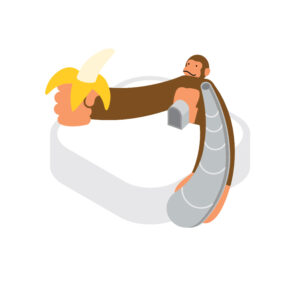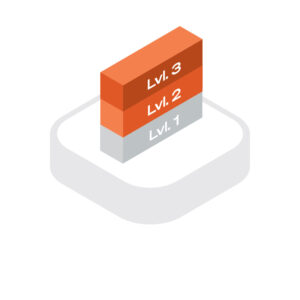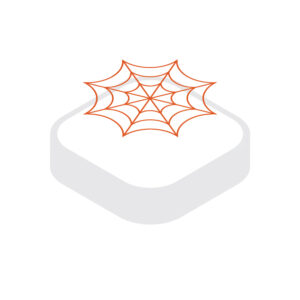How might we encourage different kinds of play in POS?
Include equipment that comes in various sizes and forms.
- Outsized play equipment can be combined with various themes to encourage imaginative role-play.

- Loose items, such as sand, and relatively abstract equipment, can encourage users to explore free play. Simple rules and mechanisms can enhance experiential education through play.

- Equipment of different sizes (including heights) and forms offer more choices and fit children of different ages and abilities. Progressive play should be considered to provide multiple levels of challenges.

Provide non-traditional or non-proprietary play equipment.
- Consider various materials, including recyclable materials such as tyres and milk crates, in play equipment design. Non-standardised structures should be allowed after fair consideration for safety and maintenance issues.
- Non-traditional play equipment can provide a more adventurous play experience.

Provide thematic equipment based on local history, legends, classic stories and characters, especially for children, so that they can naturally relate and immerse into pretend play.
Re-design structures commonly found in POS to incorporate elements of play.
- Structures can be combined with attractive and playful objects, or built with uncommon materials and designs to provide an adventurous experience to users.
- Pre-existing structures on site could be preserved and transformed into fun objects. For example, structures with level differences could be transformed into slides.






